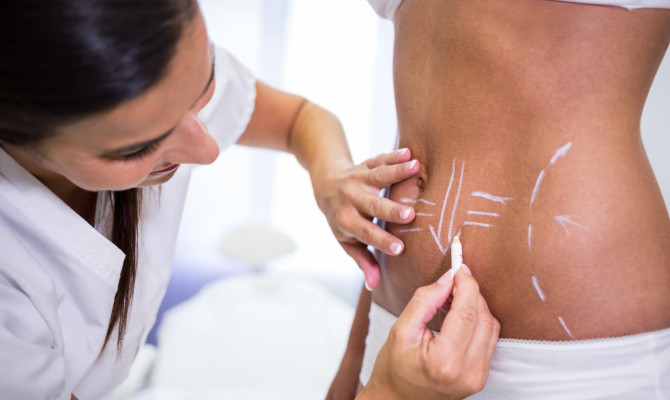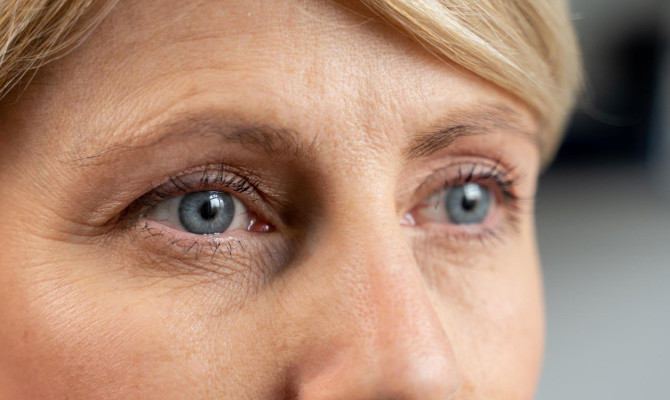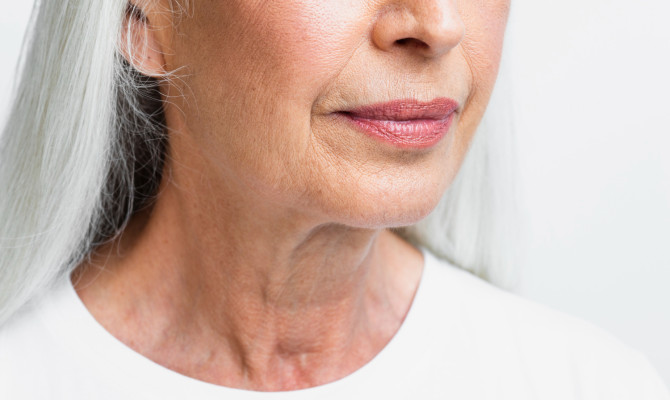Exploring the Healing power of Reiki

- Reiki
- 22 Aug 2023
Overview
What is Reiki?
A Japanese healing method called Reiki focuses on the transmission of universal energy to promote mental, emotional, and spiritual recovery. Rei, which means universal or spiritual, and ki, which means life energy or vital source, make up the word “reiki,” which can be translated as “universal life energy.”
It presents a distinctive viewpoint on healing, highlighting the mutual dependence of the mind, body, and spirit. This piece introduces Reiki, illuminating its history, core values, and potential effects on people’s lives.1Overview| Researched based study from Nccih.nih.gov
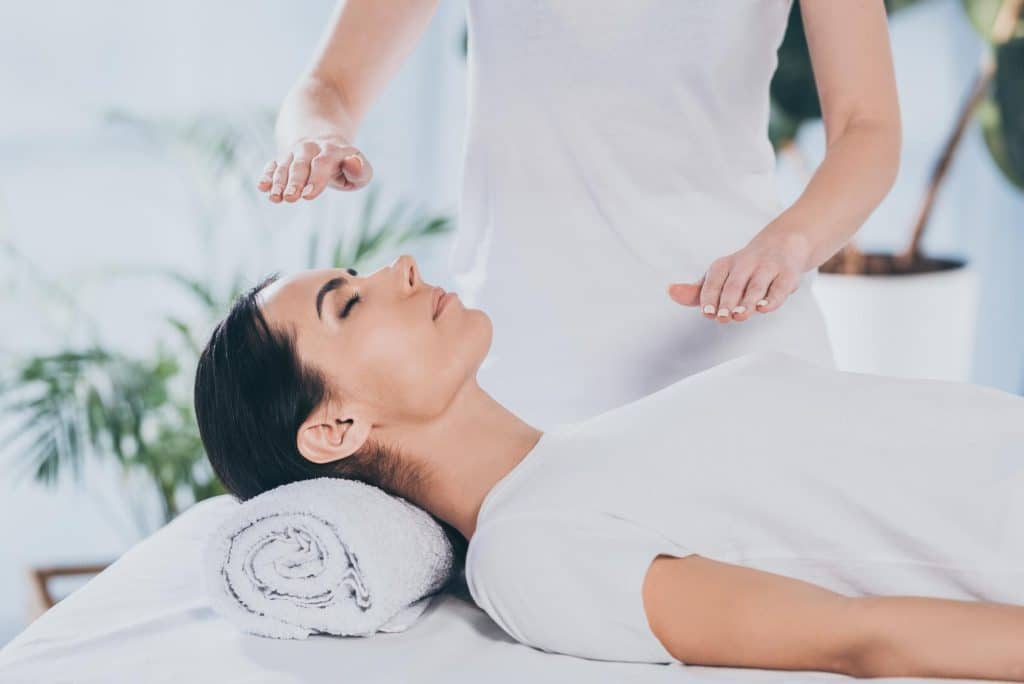
Health Benefits
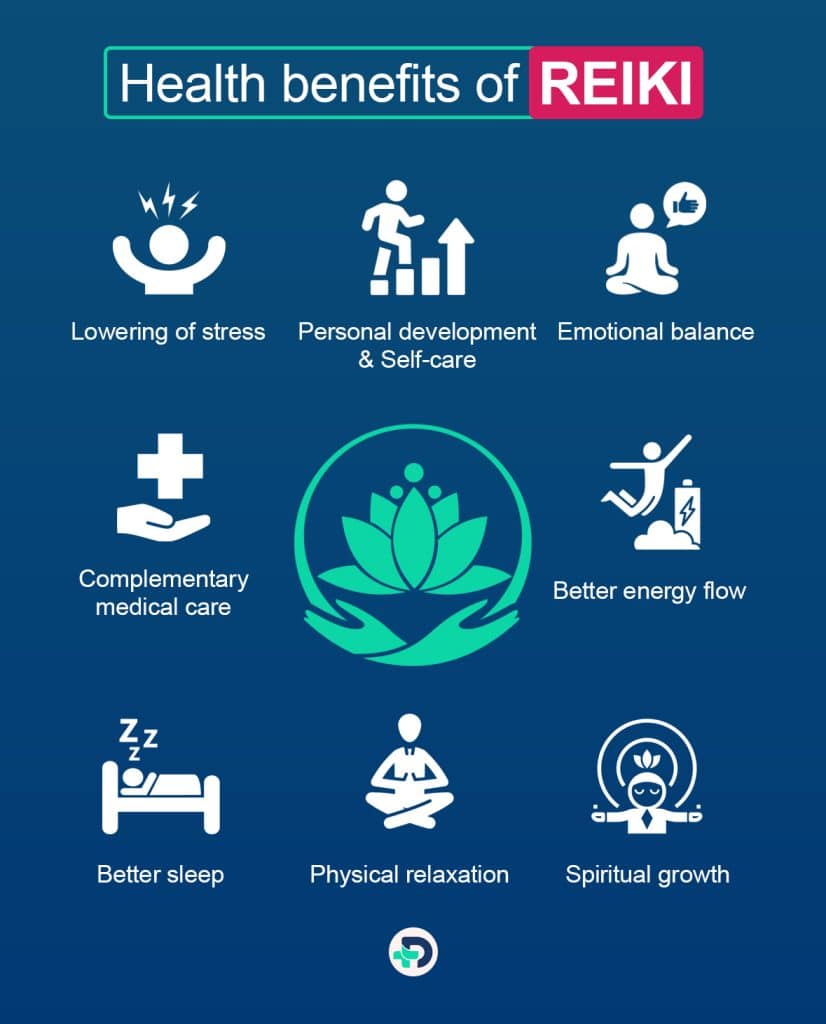
Health benefits of Reiki
- Helps in Stress reduction
- Promotes Emotional balance
- Helps in Physical relaxation
- Enhanced energy flow
- Improves sleep
- Promotes Spiritual growth
- Complementing medical treatments
- Self-care and personal development
It has several possible advantages that raise general well-being. Although individual experiences may differ, the following benefits are frequently mentioned:
Lowering of stress
- It encourages profound relaxation, which can lessen stress and anxiety. Since Reiki has a relaxing effect can offer relief from daily stressors and help people feel more at peace.
Emotional balance
- Correcting energetic imbalances inside the body, it is supposed to assist in balancing emotions. In addition to encouraging a higher sense of emotional well-being and inner harmony, it may help people manage their anxiety, sadness, and other emotional difficulties.
Physical relaxation
- Its soft touch and energy transmission can aid in releasing physical tension, relaxing stiff muscles, and encouraging physical peace. People who are ailing or experiencing bodily discomfort may find this especially helpful.3Health Benefits| Researched based study from Nlm.nih.gov
Better energy flow
- It tries to eliminate blocked energy and reestablish the free flow of energy by interacting with the body’s energy system. This improved energy flow is thought to help the body’s capacity for self-healing and enhance vitality and general well-being.
Better sleep
- Many people who have Reiki sessions say that their sleep quality has improved. People may experience more peaceful and restorative sleep because of the relaxation and stress reduction, boosting their energy levels during the day.
Spiritual growth
- As it encourages people to connect with their inner selves and access their spiritual essence, it is frequently seen as a spiritual practice. It can promote attention, a sense of connectivity, and a better comprehension of oneself and the environment.
Complementary medical care
- It is regarded as a complementary therapy that can be used with traditional medical procedures. While it does not replace medical care, it can supplement it by easing tension, encouraging relaxation, and cultivating a positive outlook, which can hasten the healing process.
Personal development and Self-care
- It encourages people to participate in their well-being actively. Learning self-treatment strategies can help people regulate their energy, practice self-care, and advance their own physical, emotional, and spiritual well-being.2Health Benefits| Researched based study from Nlm.nih.gov
The Process
How is Reiki practiced?
Preparation
- Find a spot where the session may be held that is peaceful and comfortable.
- Make sure that the practitioner and the recipient are both at ease.
- The recipient frequently reclines on a massage table or occupies a cozy chair. It can also be done when the recipient is standing or sitting.
Opening ritual
- The practitioner may start the session with a brief opening ritual to set the objective and establish a sacred place.
- Depending on the practitioner’s tastes or cultural background, this could entail doing deep breathing exercises, visualizing something, or using a particular prayer or chant.
Hands-on or hands-off positions
- The practitioner will gently place their hands on or slightly above specific areas in specific locations on the recipient’s body.
- The head, neck, shoulders, chest, belly, back, limbs, and feet are typical examples of these locations. The precise hand locations and order, nevertheless, may change.
- Typically, the hands are held motionless in each position for a few minutes to allow the energy to flow into the recipient.
- The practitioner can go through a set order or move their hands spontaneously to areas they feel have energy imbalances or obstructions.
Energy transfer
- To provide healing energy to the recipient, the practitioner serves as a conduit for the Reiki energy.
- While keeping an open mind to the energy’s guidance, they can imagine or concentrate on the point moving through their hands.
- During the session, the recipient may feel warmth, coldness, tingling, or a softly flowing energy.
- It’s crucial to remember that everyone’s experience can be different and that some people cannot feel anything.
Full-body therapy
- If they are lying face down on a massage table, you could be instructed to turn them over after finishing the hand positions on the front of the body. This enables the practitioner to continue covering more areas with hand placements on the back of the body.
Closing ritual
- The practitioner may conduct a closing ceremony to complete the energetic exchange and seal the session. This may entail expressing appreciation, giving blessings, making particular motions, or using symbols.
- You might also be given some time to return gradually to a fully aware and grounded state.4The Process| Researched based study from Reiki.org
Risks
Risks and side effects of Reiki
Postponing medical care.
- It shouldn’t be used as a substitute for standard medical care, and patients with serious medical issues should always speak with a healthcare professional for an accurate diagnosis and course of action.
Psychological discomfort
- It includes manipulating energy and touching people, which can occasionally cause emotional or psychological distress.5Risks| Researched based study from Gale.com
Feelings of discomfort
- People could feel the heat, tingling, or emotional discharge throughout the session. For others, this could be uncomfortable. Any discomfort or worries should be expressed to the practitioner.4Risks| Researched based study from Reiki.org
Lack of scientific proof
- Scientific study has not consistently backed up the efficacy of Reiki. While some research points to potential advantages, the evidence is scant and frequently of poor quality. It’s crucial to keep an open mind and not rely only on Reiki to treat health issues.1Risks| Researched based study from Nccih.nih.gov
Bottom Line
The Bottom Line
It is an alternative treatment that promotes recovery. Research is inaccurate and lacks rigorous scientific controls, although it reveals possible benefits in lowering pain, anxiety, and tension.
In the end, those thinking about it should go into it with an open mind and seek the advice of a knowledgeable healthcare professional. It is crucial to use it as a complementary therapy with traditional medical care instead of a replacement.
Any feedback on this article?
 This Articles content was accurate
This Articles content was accurate Very Informative Article
Very Informative Article I have a question or a comment
I have a question or a comment
 This article contains inaccurate content
This article contains inaccurate content This article was not helpful
This article was not helpful I have a question or a comment
I have a question or a comment
We appreciate your helpful feedback!
Checkout our social pages
References
-
National Center for Complementary and Integrative Health
Reiki | Overview
-
National Library of Medicine
Reiki Is Better Than Placebo and Has Broad Potential as a Complementary Health Therapy | Benefits
-
National Library of Medicine
Effect of Reiki Therapy on Pain and Anxiety in Adults: An In-Depth Literature Review of Randomized Trials with Effect Size Calculations | Benefits
-
The International Center for Reiki Training
Learning Reiki | The Process
-
GALE ACADEMIC ONEFILE
The effects of Reiki treatment on mental health professionals at risk for secondary traumatic stress: a placebo control study | The Process














